Moving your office is a big task, and it can feel stressful if you don’t have a plan. There’s equipment to pack, staff to update, and lots of little details to manage.
Whether you’re moving across town in Melbourne or to a new city, having an office moving checklist helps keep things on track. This guide will walk you through each step so your move can be smooth, organised, and as stress-free as possible.
Why You Need an Office Moving Checklist?
An office move involves more than just packing boxes. You need to plan early so your business can keep running with as little disruption as possible. A checklist helps you stay organised, manage time, and avoid forgetting important tasks. It also helps you delegate jobs to the right people, so nothing gets missed.
When everything is written down, it’s easier to stick to deadlines, handle surprises, and keep your team informed during the move.
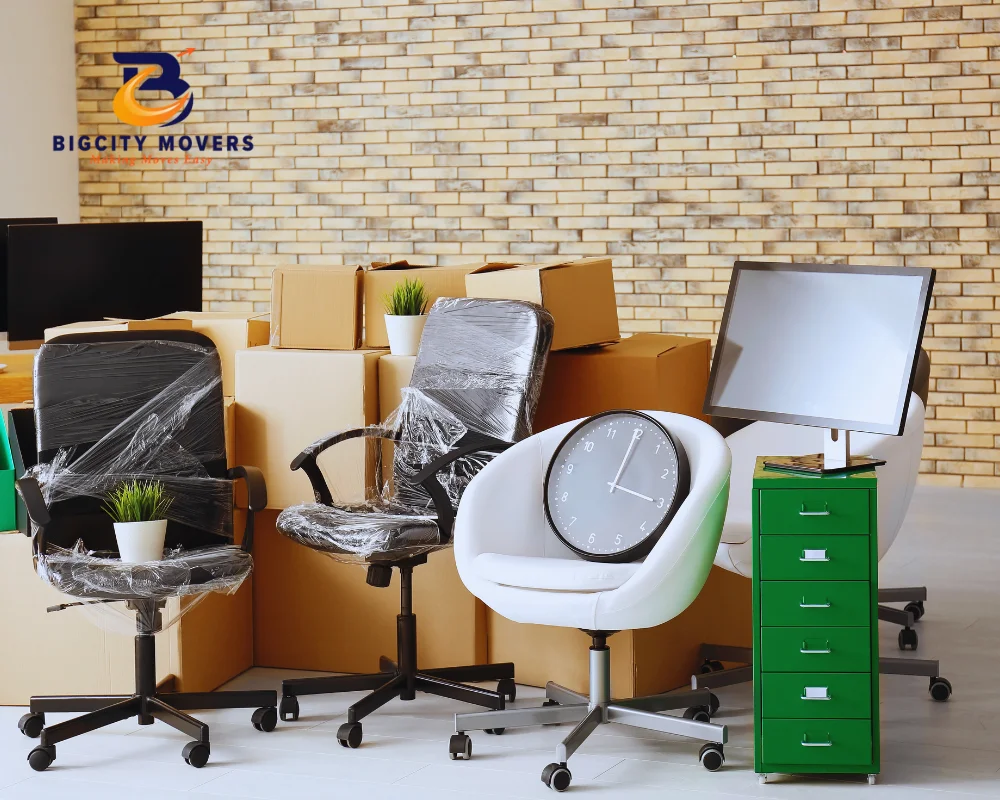
Planning Your Office Move: First Steps
The earlier you start planning, the better. Here’s what you should do first:
1. Appoint a moving coordinator or team. This person or group will oversee the move and make sure everything stays on schedule.
2. Set a timeline. Decide on your moving date and work backwards to plan what needs to be done each week.
3. Notify people. Let staff, clients, suppliers, and service providers know about your move as early as possible.
4. Set a budget. Factor in moving costs, packing materials, cleaning, and any new furniture or services you might need at the new office.
Packing and Organising
Packing up an office is more than just putting things into boxes. These tips will help make it easier:
1. Create an inventory. Write down everything you’re moving — furniture, equipment, files, supplies.
2. Declutter. This is the perfect time to get rid of broken or unused items. You can sell, donate, or recycle them.
3. Label everything. Mark boxes with the department name, room, or contents so it’s easy to unpack.
4. Protect electronics and data. Back up all computers and important files. Pack computers, printers, and phones with care.
Working With Professional Office Movers
Hiring the right movers makes a huge difference. Look for a company with good reviews, fair quotes, and experience in office moves. Ask if they provide insurance in case something is damaged.
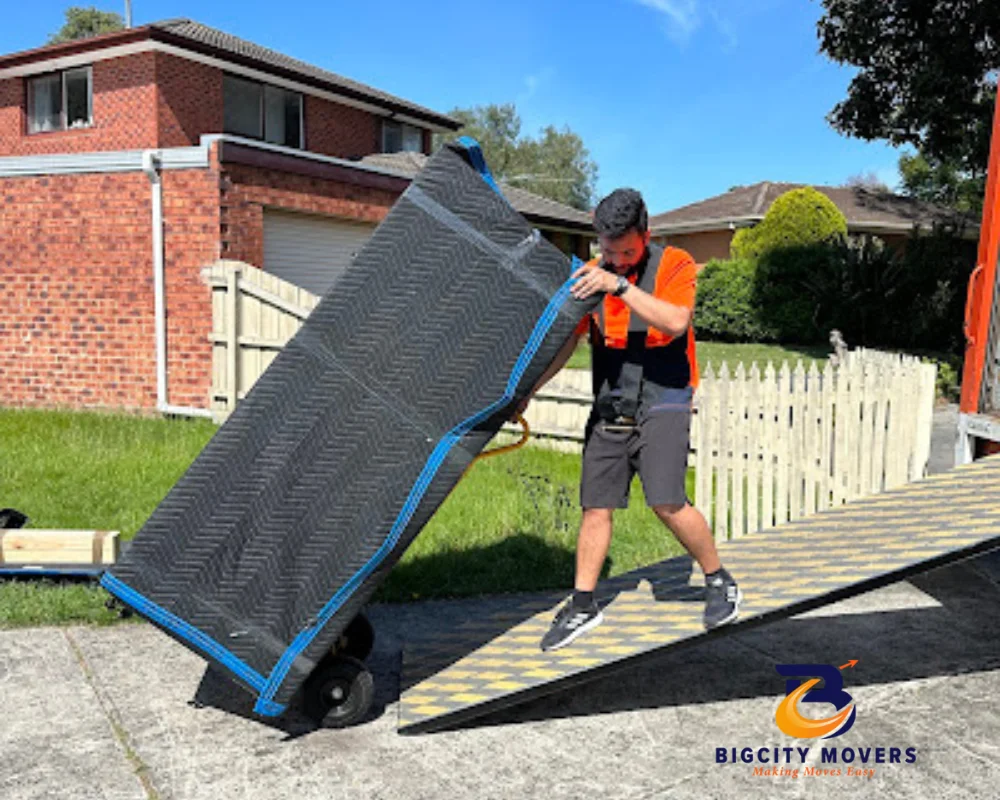
Big City Movers
Big City Movers is a trusted choice in Melbourne for office relocations. Our team is experienced in handling all types of office equipment and furniture, and we work to keep downtime as low as possible.
IT, Utilities, and Service Transfers
Moving your office isn’t just about furniture; you’ll need your tech and services ready to go at the new place.
1. Internet and phone lines: Book the setup early so your team can get back to work right away.
2. IT equipment: Work with your IT team to plan for disconnecting and reconnecting computers, servers, and phones.
3. Utilities: Organise electricity, water, and any other services at the new site.
4. Address updates: Update your address on your website, business cards, letterheads, Google listing, and with suppliers.
Moving Day Checklist
On moving day, keep this checklist handy:
1. Have the plan ready. Make sure your moving coordinator and movers know the timeline and plan.
2. Do a final walk-through. Check that nothing has been left behind in the old office.
3. Settle into the new office. Check that phones, internet, and power are working.
4. Return keys and clear rubbish. Leave the old space tidy and hand over keys if required.
Post-Move To-Dos
Once the move is done, there are still a few things to wrap up:
1. Set up key areas first. Focus on IT, reception, and areas that help the business run.
2. Let clients know you’re back in business. Send a quick message or update on your website and social media.
3. Review the move. Note what went well and what could be improved for future reference.
Conclusion
A well-planned move can help your business avoid downtime and stress. By following this office moving checklist, you can stay organised and on top of everything. The key is to plan early, keep communication clear, and get help where you need it.
If you want to make your move even easier, Big City Movers is here to help. We offer reliable, professional office moving services across Melbourne, so you can focus on running your business while we handle the heavy lifting.
Frequently Asked Questions (FAQs)
1. How far in advance should you start planning an office move?
Typically, you should start planning 6–12 months before your move. Begin by reviewing your lease, budgeting, and assembling a moving team. Around 3–6 months out, lock in your moving company and fine-tune logistics.
2. What tasks should be done 3–6 months before the move?
During this timeframe, finalize your moving date, notify staff and suppliers, take an inventory of office assets, and book movers. Secure any required permits and access arrangements for both locations .
3. What should I do 1 month before moving day?
One month out, pack non-essential items, arrange cleaning services, confirm move-day logistics with movers, and update your address on stationery, the website, and business listings.
4. How can I minimise downtime during an office move?
Staying organised with a detailed move timeline, assigning roles, and coordinating IT and utilities is key. Hiring experienced commercial movers in Melbourne, like Big City Movers, also helps speed up setup at the new location.
5. What happens on moving day?
On the big day, ensure a liaison person is present to direct movers, do a final walk-through of the old space, supervise unloading, and verify IT and equipment setup at the new site.
6. What should be done after the move is complete?
Once moved in, verify that IT, phones, and internet work. Update address information across platforms, unpack critical areas first, and survey your team and review what worked well or needs improvement .
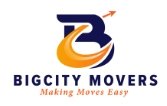
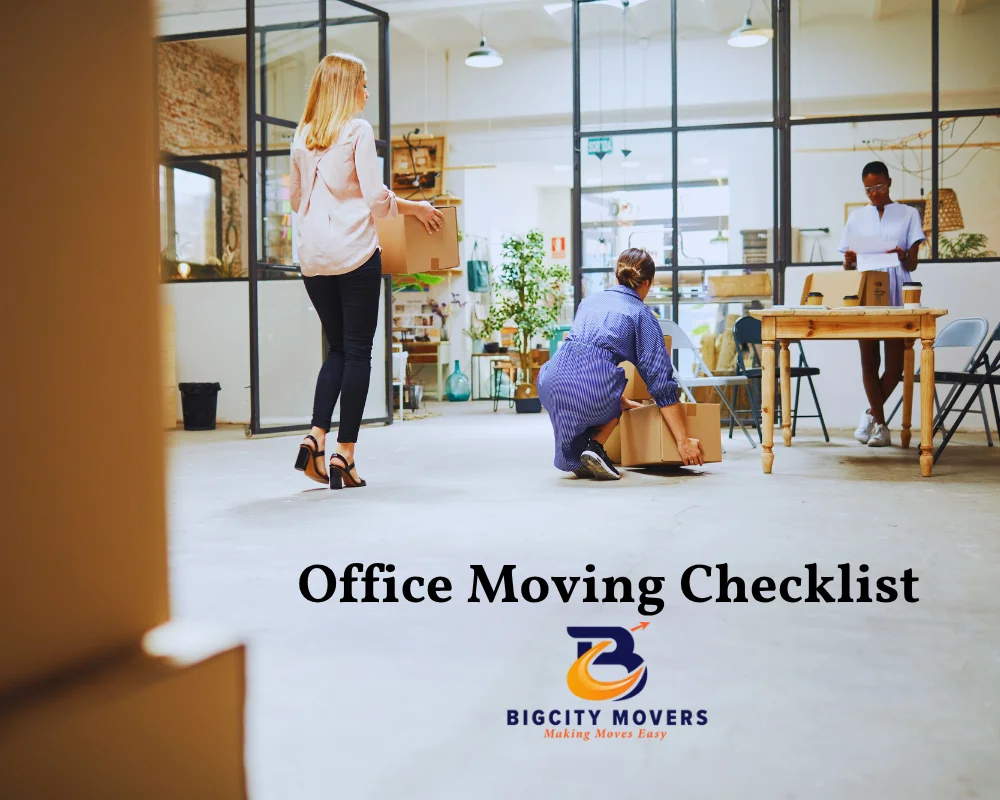


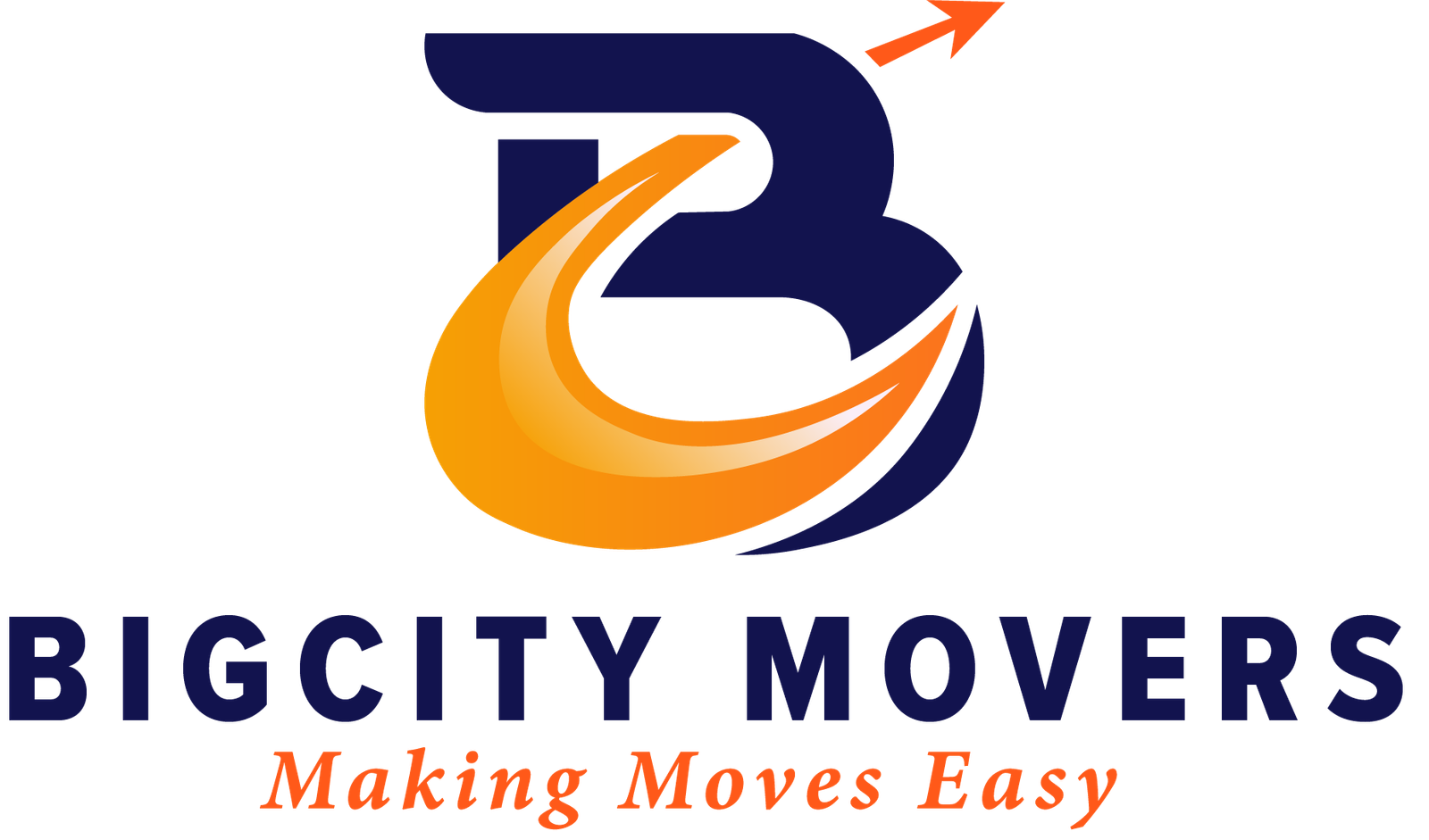
Leave a comment